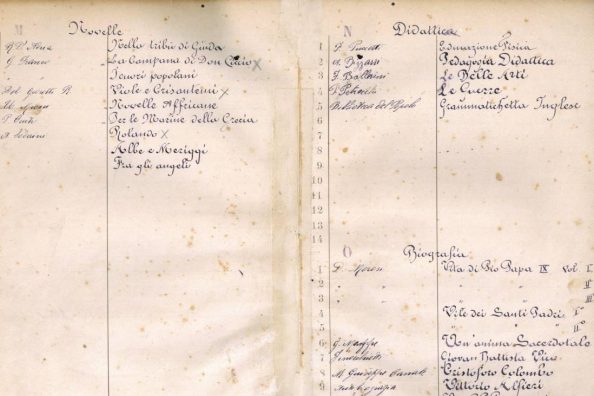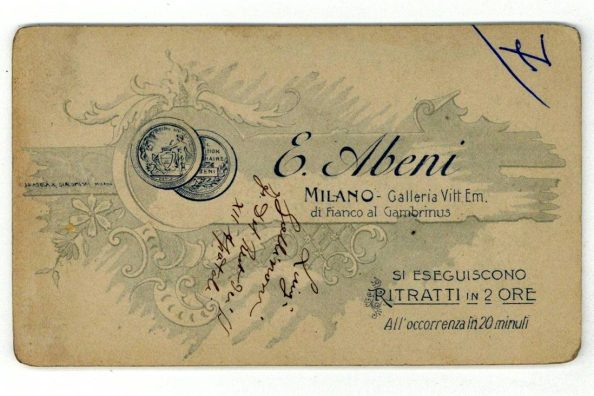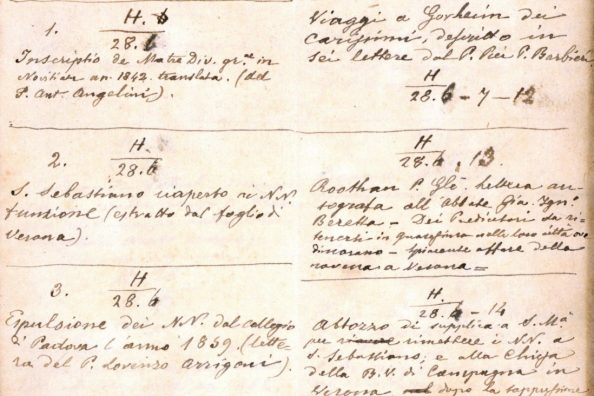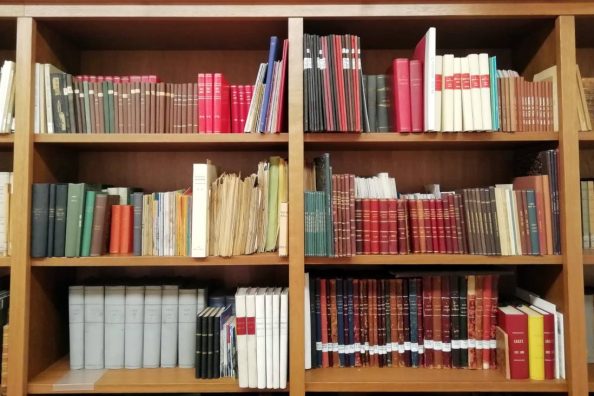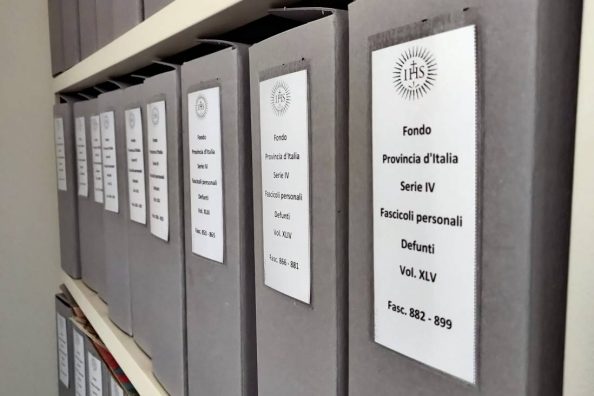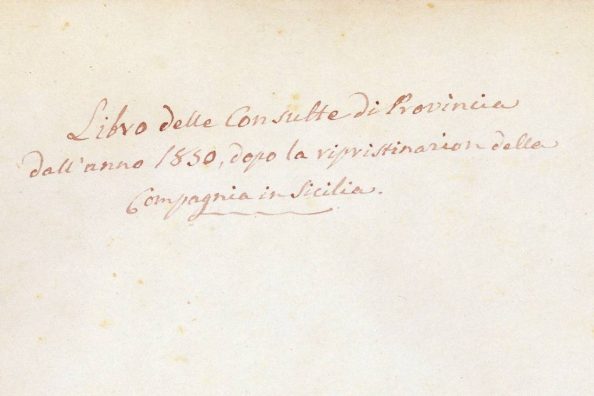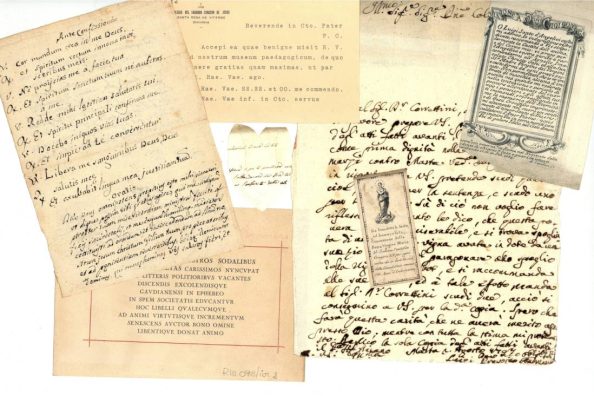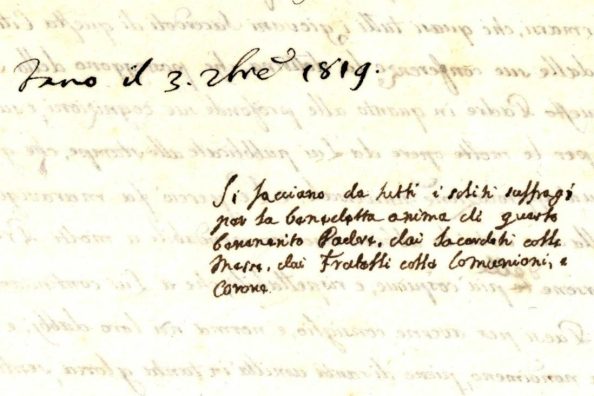The Jesuits in Velletri: Easter, the riot and the robber Cencio Vendetta
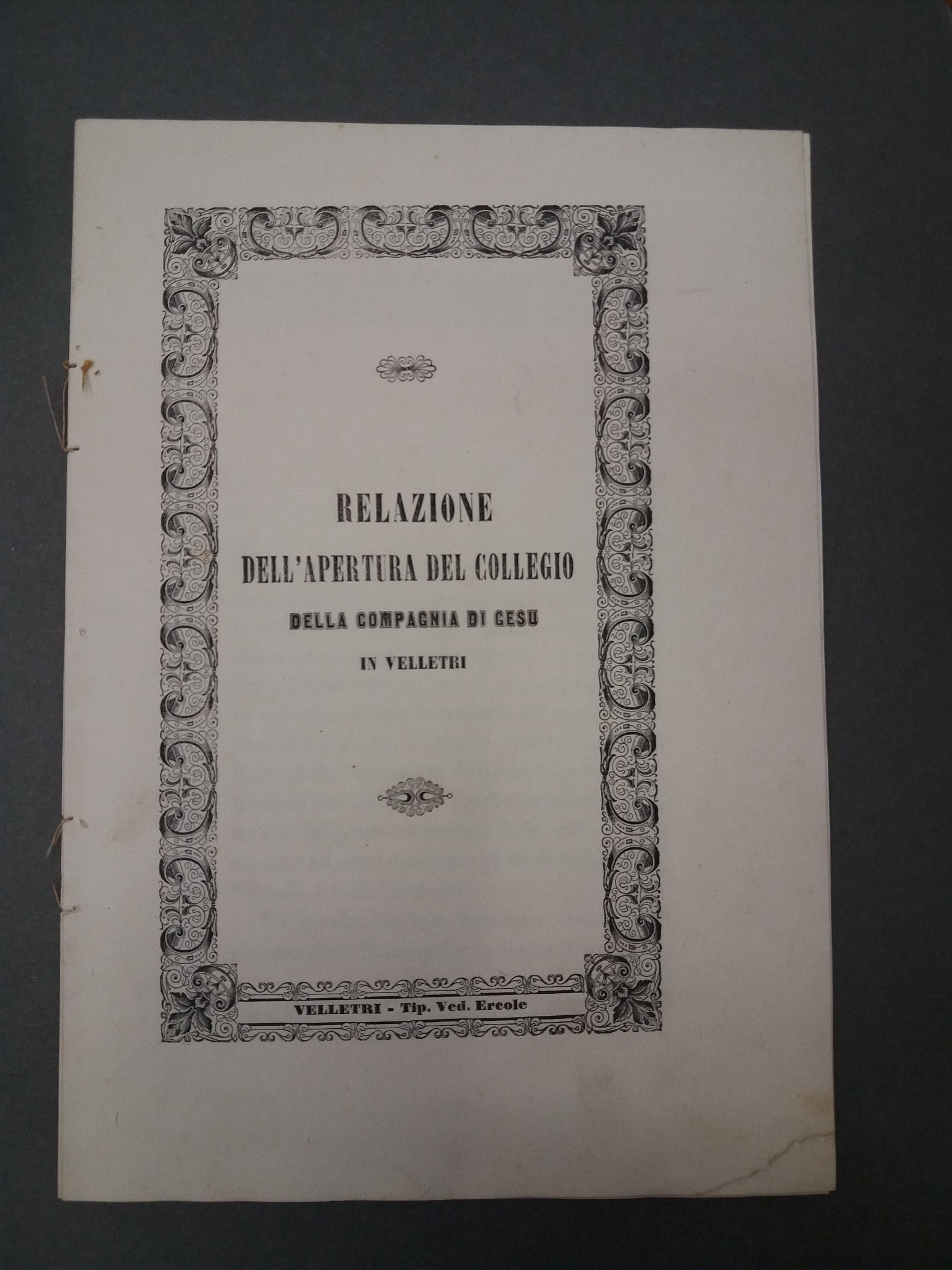
The Easter day of 1858 marked the end of the Jesuit stay in Velletri. For the disappearance of the painting of the Madonna delle Grazie and the revolt against the fathers.
The memory of the Jesuits in the city of Velletri, not far from Rome, is still very strong today, despite the fact that they lived there for a few years in the mid-nineteenth century.
A few months ago the artistic circle La Pallade Veliterna contacted the historical archive and wanted to deepen a story that involved the Jesuit fathers in Velletri during Easter 1858 and that the association remembered with a theatrical representation.
The Jesuits arrived in Velletri in 1852 to take care of the education of children by founding a college; it was a small community of fathers. The foundation of the College was approved by a papal brief signed by Pius IX on 7 April 1851, the institute was housed in the premises of the seminary.
The Easter day of 1858 marked, however, the end of the Jesuit stay in Velletri.
That day, the fathers heard noises coming from the basilica next to the College. Women and men of Velletri had gathered in the church following the disappearance of the Image of Mary SS. Thanks, subtracted – in their opinion – from the fathers themselves.
In fact, everyone was aware of the theft carried out two days earlier by a brigand known as Cencio Vendetta, as evidenced by the documents of the time. The robber would have stolen the sacred image to use it as a bargaining chip in exchange for the grace: he had been convicted of some serious crimes by the Papal States and was wanted.
The inhabitants of Velletri had gathered in the church and in front of the residence of the fathers, asking to enter the spaces reserved for the community to verify if the painting was hidden there, until they were able to force a connecting door between the church and the residence.
The rector of the college personally accompanied the citizens to visit the house to prove that there was no hidden icon. However, this did not prevent the population from pouring their discontent on their fathers. In fact, while this reconnaissance visit was underway, led by the rector, outside the house began screams and insults to the cry of «We want Our Lady», «Outside Our Lady, otherwise woe to you, we will kill you».
Some fathers were attacked and threatened inside the house and one of them, F. Gambara, tried by beatings even came to ask, slumped in the street, absolution from sins believing death now imminent. Fathers Missir and Graziani, for example, were forcibly brought to the public square to the cry of «Let us embrace them, let us shorten them». Fr. Margarucci, instead, was threatened by a boy armed with a knife but at the same time defended by his fellow citizens who pretended to be allies of the aggressors brought him into the house of some women to save him. In all these cases it is specified that there were always those who were ready to stop the hand of the aggressors in defense of the fathers: Fr. Missir, for example, found refuge in the house of some faithful.
Father Gambara was taken away from the crowd with a ruse by Fabrizio Vasconi and the Collasanta brothers brought to a house by an ortolano called “the Red”. Point of collection and rescue of the fathers was home Philippi, home of the then Gonfaloniere, where in addition to F. Gambara was also led by Fr. Minister, Fr. Rector and Fr. Severi. The same F. Gambara states in the letters that «here we remained calm and treated with a lot of charity by that excellent Lord Gonfaloniere. Continuous were the visits of lords and pupils who came to comfort us».
From the documentation it seems that, except for the humiliation suffered, the repercussions of the episode did not have irreversible results: grazes, bruises and scratches that left traces only for the following days.
It was, ironically, the same brigand Cencio Vendetta – who according to the papers met along the way two Jesuits who were outside the residence that day and who had found shelter in Galloro – to try to calm souls, going up on the altar armed with a dagger and haranguing the crowd, claiming to know the place that housed the painting and that it would be returned soon. This was actually returned the Monday after noon.
The residence of the fathers was looted, many furnishings destroyed and emptied the pantry.
The Jesuits, after the return of the painting by the robber, finished the school year and decided to close the residence and the college, but they left a votive tablet at the foot of the sacred image, as a thanks for the salvation received.
The work of the Jesuits in Velletri was not limited to school teaching, as shown by various correspondence. The Rector, in fact, in 1854 – 1855, well before the painting was the object of theft, had undertaken an editorial operation aimed at making the artistic and miraculous history of the sacred icon better known, publishing “The Story of Our Lady of Graces”signed by a brother, financed in part by the municipal judiciary.
The citizens showed a keen interest in this episode, and for the activities of the artistic circle La Pallade Veliterna who staged the show that recalls the events of Easter 1858.

